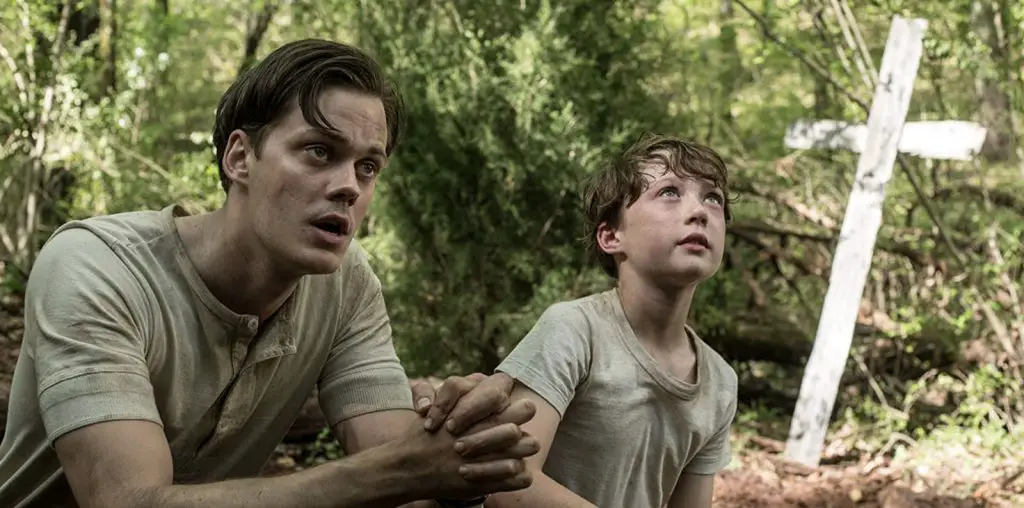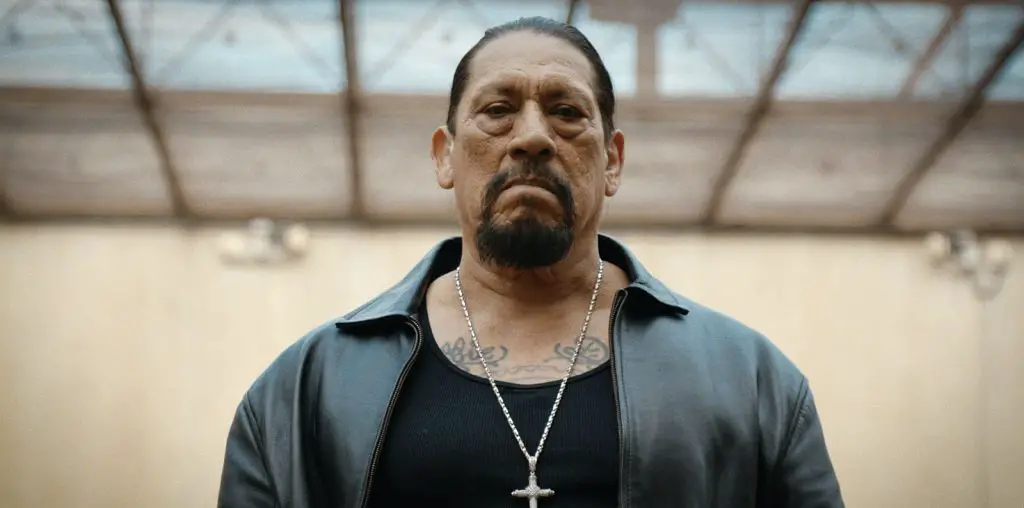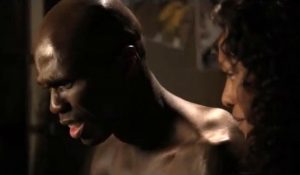
Things Fall Apart was a novel that depicted Nigerian culture, telling a story of the life of an Igbo community leader, Okonkwo. It covers exciting events such as banishment from the community, exile, the killing of a clansman, and a return to a small community in Nigeria.
With this novel, readers will learn about one of the main problems being dealt with in Africa during the 1890s. Colonial government and white missionaries intruded on the Igbo tribe, leading to the demise of a village. Praised for offering a realistic version of tribal beliefs, Things Fall Apart was one of Chinua Achebe’s finest novels. It has become a classic and a must-read for those studying African culture.
Filmmakers saw the importance of the theme from this book, and film adaptations were made. With two versions that ran on-screen, you will see key differences from what was depicted in the novel. For those who have a love for African history, both can offer some insight into tribal culture and beliefs. Achebe’s debut novel, Things Fall Apart, quickly became a top-seller and was the first fiction book that presented views from the perspective of Africans.
Movie Versions and Key Differences
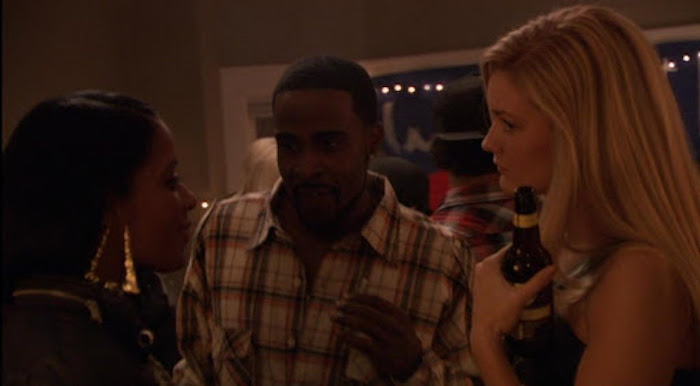
After Things Fall Apart earned Achebe the Man Booker International Prize in Literature, this book quickly became a movie and was well embraced around the world.
There were two major film presentations of Things Fall Apart. One was aired in 1971 and starred Johnny Sekka, Elizabeth of Toro, and Orlando Martins. This film was also referred to as Bullfrog in the Sun and combined elements from Things Fall Apart as well as No Longer at Ease, another novel penned by Achebe.
This film adaptation received harsh criticism from viewers as well as Achebe. The author was not happy with the intense violence shown and felt that directors and filmmakers took too much liberty in connecting the plot to violence during the Biafran War.
A second film adaptation was seen in 1987, where Pete Edochie played the leading role. This was a mini-series that was shown on Nigerian television. This version was one of the first to be fully filmed in Nigeria and has a unique style that may not be well received by American viewers. This film is a great learning tool for younger generations who want to learn about their true roots in Nigeria.
If you are writing essays on the Things Fall Apart, you can cite these differences. In both films, there were some main differences, and here, you can see how the movie renditions of this novel highlight various events while leaving others omitted.
• Film adaptations include many scenes of violence. These were not included in the novel as they paint a poor picture of Nigerian culture. Violence was added so the film would appeal to American audiences.
• The 1987 film version has some minor plot changes, including the announcement of Ogbuefi Udo’s wife. The novel announces the murder at a meeting in the town, where the film focuses on it being a dramatic scene.
• The clothing used for costumes in both films is bold and colorful. These are not an actual representation of what was worn at that point in Nigeria. At that time, garments were less rich and not so elaborate. This was done to add more visual appeal when watching a film.
• When reading this novel, the suicide of Okonkwo. You only learn of this when the District Commissioner is led to the scene of his demise. In film versions, viewers see a hanging happen.
• A distinct difference between book and film is seen with the early version. This novel was written in three parts. It starts focusing on Okonkwo in Umuofia, followed by a section focusing on his exile and ending with his return. Movie adaptations have removed these sections to create a smooth-running film that can be watched quickly.
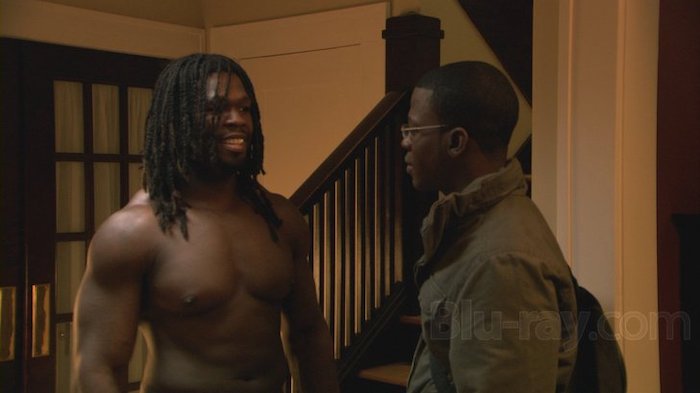
Overall, storylines remain the same but are presented in a different way on film. Instead of having separate parts, it all runs together to provide viewers with a simplified storyline that is easy to follow. While added violence and some clothing differences are key, they do not change the main theme taken from this novel. However, these differences can make audiences have a warped perception of how actual tribes lived and fought for their rights.
Another important message is about the dangers of ostentatious fortitude that can affect various aspects of young people’s lives – from refusal to requesting DNP project help or recognizing the loss of healthy life-work balance.
Summary
When writing essays on African culture, Things Fall Apart can be a great novel to focus on. This book provides detailed information about Nigerian tribes and how they battle against white missionaries who invaded villages. Now regarded as a classic, this novel contains many themes that can be used to create argumentative essays.
When writing, it may be useful to compare an original written work to film adaptations that have been made. While films do maintain the plot, they tell a story in a different way. As highlighted above, you can see how these films differ. By focusing on these vast differences, a compelling essay can be written using specific events that vary in the two adaptations.
Anyone who has an interest in pre-colonial times in Nigeria will find this novel to be informative and engaging. Achebe does a fine job in telling a story of exile, deception, and loyalty. The overall idea of this story can be received by viewing films, but viewers will get a much more violent representation that may result in a different view of Nigeria than Achebe intended.
